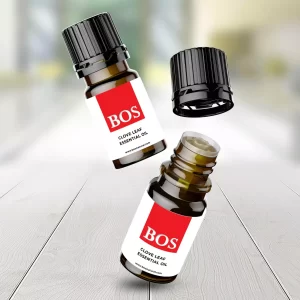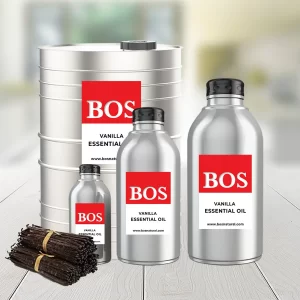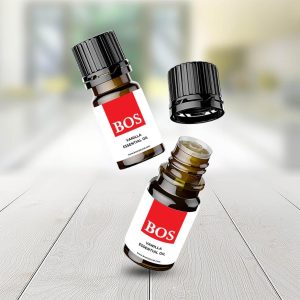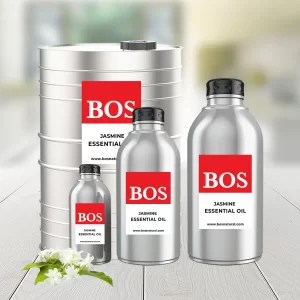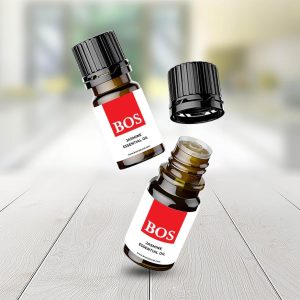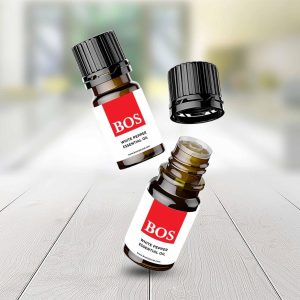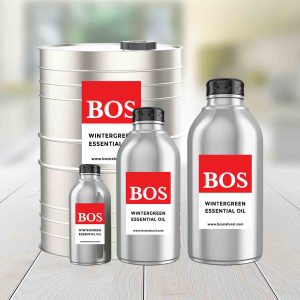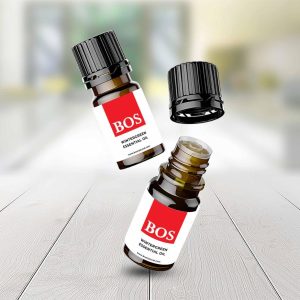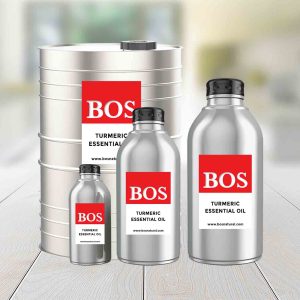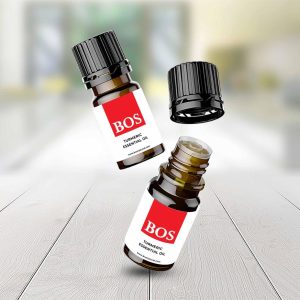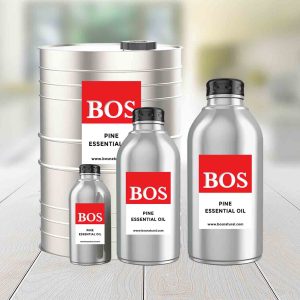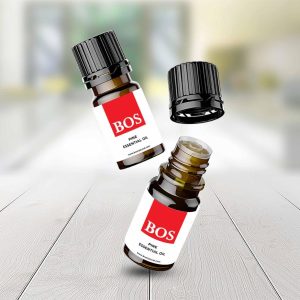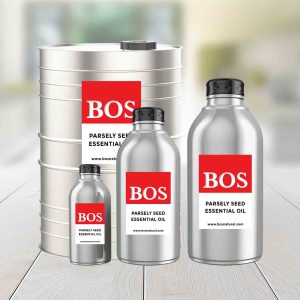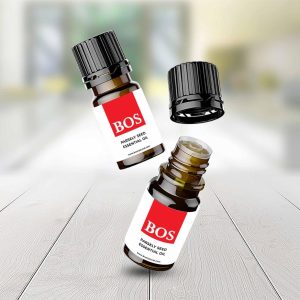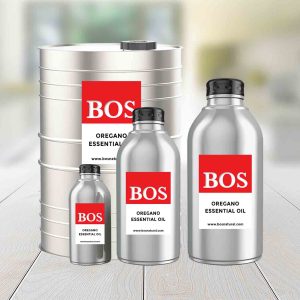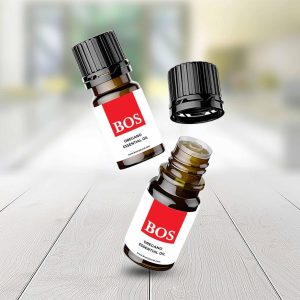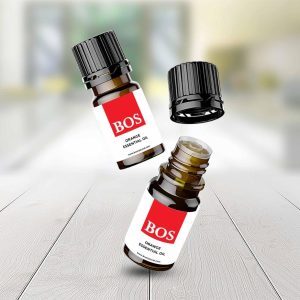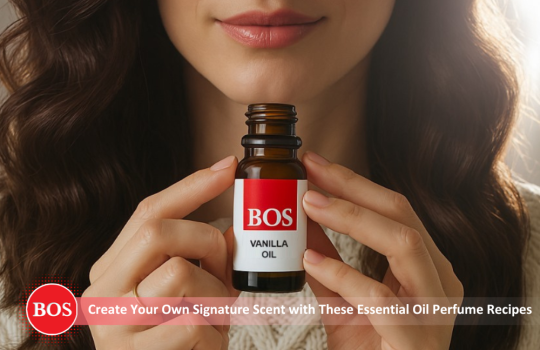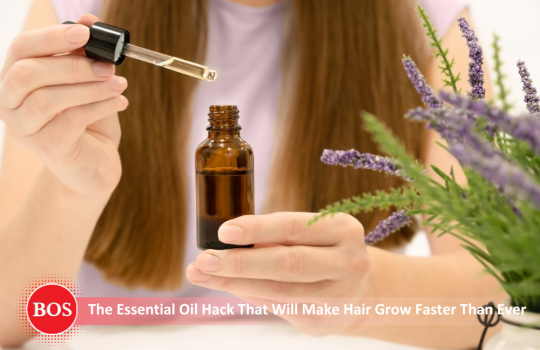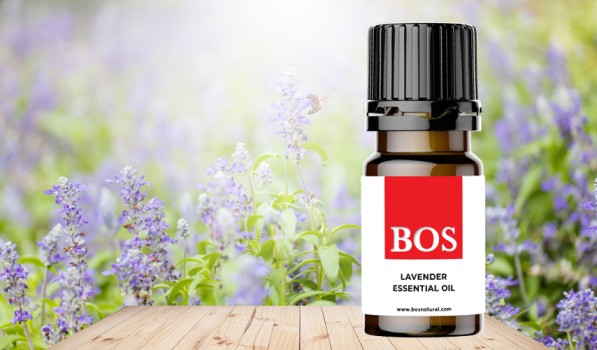The Top 5 Essential Oils for Every Food Application
February 5, 2025 2025-02-05 10:26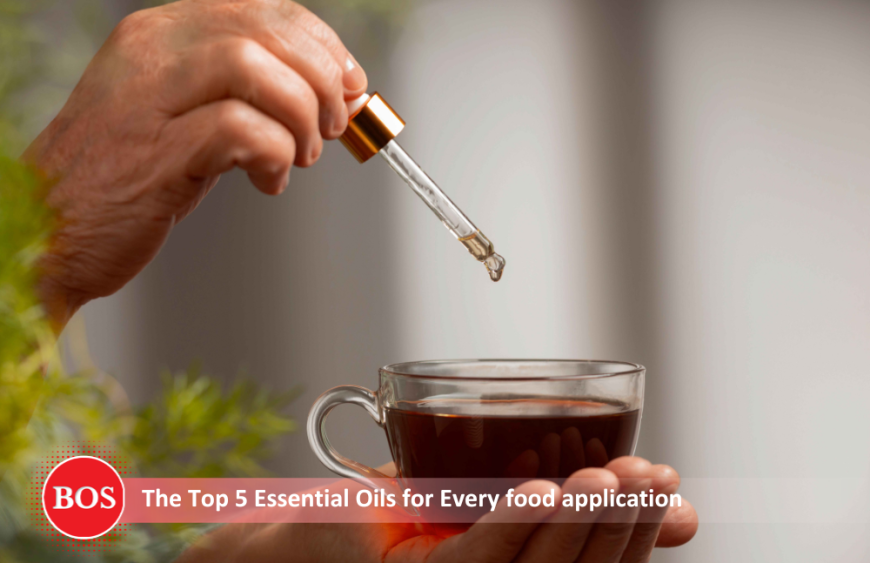
The Top 5 Essential Oils for Every Food Application
Essential oils have long been celebrated for their therapeutic benefits, but did you know they also have a significant role in the culinary world? With their concentrated flavors and natural origins, essential oils can elevate dishes, beverages, and baked goods to new heights. When used correctly, they not only enhance taste but also contribute to the overall health profile of your meals. In this blog, we’ll dive into the top five essential oils for every food application, offering tips on how to incorporate them into your kitchen creations.
1. Lemon Essential Oil
Flavor Profile: Bright, zesty, and refreshing with a hint of tartness.
Applications:
Beverages: Add a drop to water, tea, or smoothies for a refreshing citrus kick.
Baking: Enhance the flavor of cakes, muffins, and cookies without the need for zesting.
Salad Dressings: Mix with olive oil, vinegar, and herbs for a vibrant, tangy vinaigrette.
Health Benefits: Lemon essential oil is rich in antioxidants and supports digestion and detoxification. Its antimicrobial properties make it a natural preservative in food applications.
Tip: A little goes a long way—start with one drop and adjust to taste.
2. Peppermint Essential Oil
Flavor Profile: Cool, crisp, and invigorating with a strong minty finish.
Applications:
Desserts: Perfect for chocolate-based treats, ice creams, and holiday cookies.
Beverages: Add to hot cocoa, cocktails, or even homemade lemonade for a refreshing twist.
Savory Dishes: Use sparingly in sauces and marinades for lamb or poultry to add a fresh, unexpected flavor.
Health Benefits: Known for aiding digestion and soothing upset stomachs, peppermint oil also offers a cooling effect and can help reduce headaches and fatigue.
Tip: Use a toothpick to dip into the oil and swirl it into your dish to control the intensity.
3. Basil Essential Oil
Flavor Profile: Sweet, slightly spicy, and herbaceous with a hint of peppery notes.
Applications:
Pasta Sauces: Add to tomato-based sauces for an intensified basil flavor.
Salads: Mix into salad dressings or drizzle over caprese salads for a fresh, aromatic touch.
Pesto: Enhance traditional pesto recipes with a drop of basil essential oil for a more concentrated flavor.
Health Benefits: Basil oil is known for its anti-inflammatory and antibacterial properties. It also supports respiratory health and mental clarity.
Tip: Add basil oil at the end of cooking to preserve its delicate flavor and aromatic qualities.
4. Lavender Essential Oil
Flavor Profile: Floral, slightly sweet, with a hint of citrus and mint undertones.
Applications:
Baking: Ideal for cookies, cakes, and scones, adding a unique floral note.
Beverages: Infuse in lemonades, teas, or cocktails for a calming, aromatic twist.
Savory Dishes: Pair with honey and goat cheese for an elegant appetizer or use in marinades for poultry.
Health Benefits: Lavender is renowned for its calming and relaxing effects, reducing stress and promoting restful sleep. It also has anti-inflammatory properties.
Tip: Use sparingly to avoid overpowering the dish—too much lavender can taste soapy.
5. Oregano Essential Oil
Flavor Profile: Robust, earthy, and slightly bitter with a warm, spicy undertone.
Applications:
Pasta and Pizza: Add to sauces and toppings for a bold, authentic Italian flavor.
Marinades: Perfect for meat, poultry, and seafood, giving a Mediterranean flair.
Soups and Stews: Enhance hearty dishes like chili, minestrone, or lentil soup.
Health Benefits: Oregano oil is a powerhouse of antioxidants and has strong antibacterial and antiviral properties. It’s great for supporting immune health.
Tip: Oregano essential oil is potent—dilute well and use sparingly to avoid overwhelming your dish.
How to Safely Use Essential Oils in Cooking
While essential oils can elevate your culinary creations, it’s crucial to use them safely and appropriately.
Choose Food-Grade Oils: Ensure you’re using high-quality, food-grade essential oils that are safe for consumption.
Dilute Properly: Always dilute essential oils in a carrier such as oil, honey, or another liquid ingredient before adding them to your recipe.
Start Small: Essential oils are incredibly concentrated. Begin with a drop or even less, and increase gradually to achieve the desired flavor.
Avoid High Heat: Some essential oils can lose their potency or develop a bitter taste when exposed to high heat. Add them at the end of cooking whenever possible.
Store Correctly: Keep your essential oils in dark, cool places to preserve their potency and flavor.
Incorporating essential oils into your cooking is an innovative way to enhance flavors naturally while also reaping health benefits. From the zesty brightness of lemon to the robust warmth of oregano, these top five essential oils offer versatile applications for any culinary enthusiast. Always prioritize safety, use high-quality oils, and experiment to find the perfect balance in your recipes.
Whether you’re baking a fragrant lavender cake, spicing up your pasta with basil, or adding a refreshing twist to your drinks with peppermint, essential oils can transform ordinary dishes into extraordinary culinary experiences. Happy cooking!


